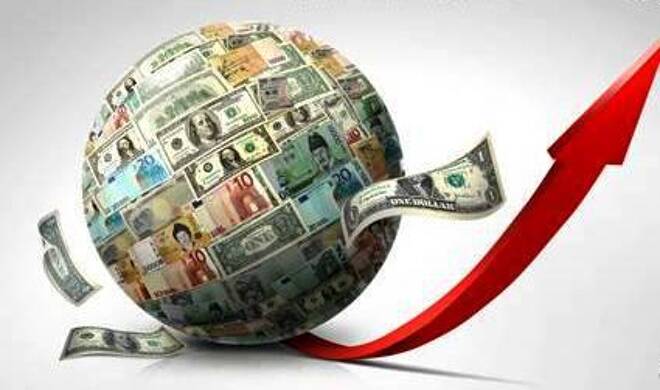Advertisement
Advertisement
The USD, the Euro, the Pound and the Yen Could Be Volatile In Today’s Session
By:
The US dollar soared to trade at 86.30 gaining for a third session in Asia on Friday. The greenback is trading at 86.30 and is expected to continue to
With the Fed policy meeting and U.S. GDP data out of the way, the focus should now turn to the Bank of Japan, which wraps up its policy review later in the day. It is also due to release its semi-annual report. The BOJ is widely expected to maintain its massive asset buying programme and keep its forecast that inflation will hit its 2 percent target next year, suggesting no further stimulus is on the horizon. Lackluster data earlier this morning showed that Japanese inflation remains at 1% well below the outlook from the Bank of Japan and their objective of 2%. The JPY fell to trade at 109.37.
With the US Fed meeting and GDP behind all eyes are now turning to the growing economic problems in Europe, which seemed to be overshadowed by the ECB bank stress test and the FOMC meeting. In Europe, all eyes will be on the region’s latest inflation reading. Data on Thursday showed annual inflation in Germany unexpectedly slowed in October, while Spanish consumer prices fell; suggesting the risk of deflation in the wider euro zone has not yet abated. The euro is trading at 1.2603 and is forecast to fall to trade at the 1.25 price as the month draws to an end. Consumer prices in the EU rose an annualized 0.4 percent in October, the European Union’s statistics office in Luxembourg will say tomorrow, according to the median estimate of economists in a Bloomberg News survey. The ECB’s stimulus contributed to an 8.2 percent depreciation of the euro against the greenback this year, set for the biggest annual decline since it slumped 13 percent in 2005. The common currency will probably drop to $1.20 in the third quarter of 2015, said CBA’s Dragicevich. HE THREAT of Eurozone-wide deflation and prolonged economic stagnation was heightened by figures out yesterday showing a surprise drop in German inflation. Official data revealed that month-on-month price growth was minus 0.3 per cent from September to October. The number is down from September’s month-on-month growth of minus 0.1 per cent. Annual inflation still remains above zero at 0.7 per cent. But the annual figure also represents a slowdown after September’s 0.8 per cent year-on-year growth. Deflation has become a major worry for the Eurozone. Economists are concerned that it could follow the in the footsteps of Japan.
The pound sterling has been sidelined as of late with big data from the US, Japan, and the Eurozone. Sterling has bounced between small gains and losses holding fairly close to the 1.60 price level, and is holding at 1.5990 this morning after disappointing housing data. The Bank of England said the central bank would need to see more signs of price pressures building before they begin to increase interest rates.
About the Author
Barry Normanauthor
Did you find this article useful?
Latest news and analysis
Advertisement
